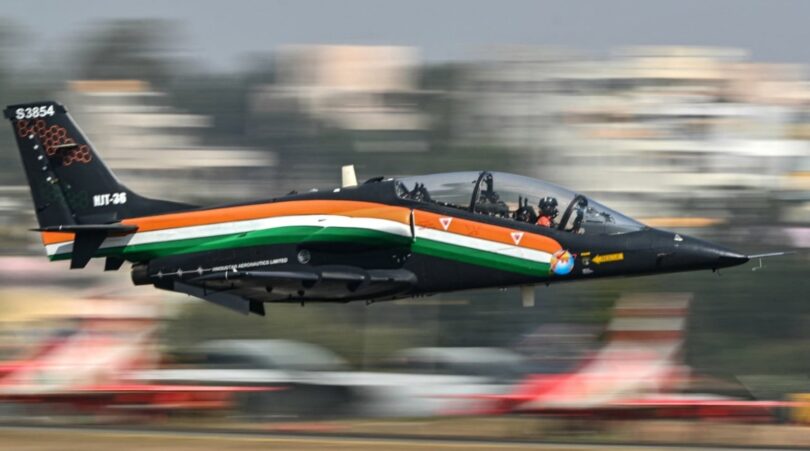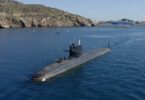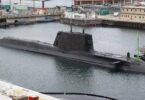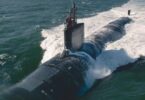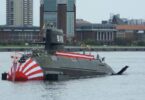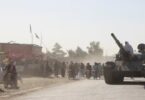In October 2025, several defense publications, including Newsweek and India Strategic, reported that India’s Air Force (IAF) had overtaken China’s People’s Liberation Army Air Force (PLAAF) in the latest “World Directory of Modern Military Aircraft (WDMMA) Global Air Powers Ranking 2025”. According to these reports, India achieved a TruVal Rating (TVR) of 69.4, surpassing China’s 63.8, and was ranked the world’s third most powerful air force, following the United States and Russia.
Ranking Methodology and Criteria
The WDMMA’s ranking employs the TruVal Rating (TVR) system—a composite measure designed to reflect an air force’s overall combat effectiveness. Rather than counting aircraft alone, the TVR considers:
• Operational readiness and deployment efficiency
• Fleet modernization and force balance
• Logistical depth and pilot training quality
• Domestic aerospace production and sustainment capability
This multi-dimensional framework seeks to evaluate real-world combat potential rather than raw size.
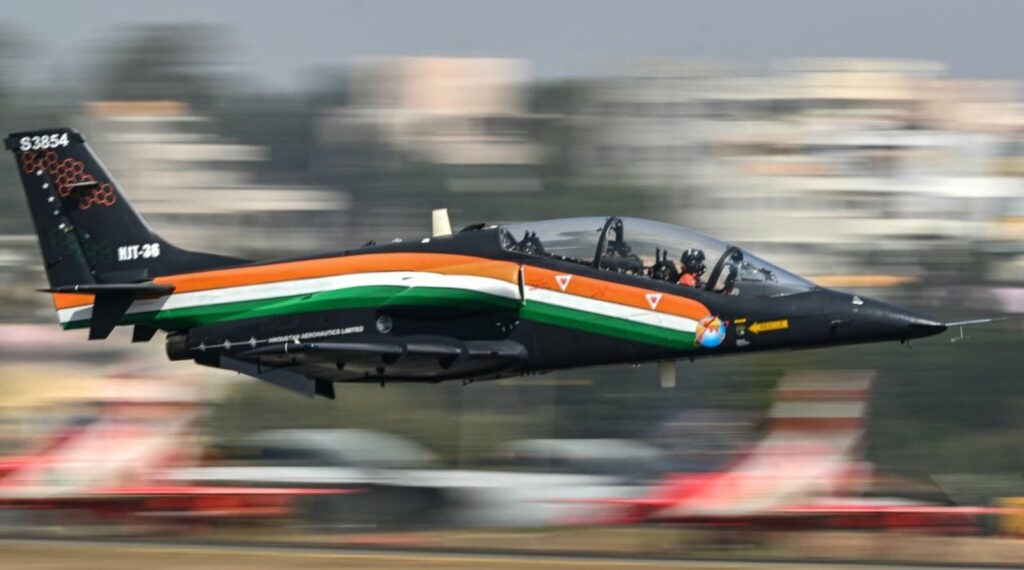
Factors Favoring India’s Higher Ranking
1. Operational Readiness and Balance: The IAF maintains a well-balanced fleet, spanning multirole fighters, transport aircraft, and helicopters. Reports highlight India’s strong pilot training programs and readiness levels.
2. High-Altitude Experience: The IAF’s extensive experience operating from Himalayan bases offers a logistical and operational advantage in potential border conflicts. In contrast, the PLAAF faces infrastructural and performance challenges in Tibet’s high-altitude environment.
3. Modern Combat Platforms: India’s integration of advanced 4.5-generation fighters such as the Rafale and Su-30MKI, alongside the indigenous Light Combat Aircraft (LCA), strengthens its strike and air superiority capabilities.
4. Modernization Momentum: Current initiatives—including the Advanced Medium Combat Aircraft (AMCA) project and procurement of next-generation drones—demonstrate India’s commitment to self-reliant and future-ready airpower.
Factors Sustaining China’s Strategic Edge
1. Fleet Size and Industrial Scale: China’s PLAAF remains significantly larger, fielding roughly double the number of combat aircraft. Its defense industry sustains rapid production cycles and platform upgrades.
2. Fifth-Generation Capabilities: China has operational fifth-generation stealth fighters, notably the Chengdu J-20, and is developing the naval Shenyang J-35. India’s AMCA remains in the development phase.
3. Budgetary Strength: With a defense budget over three times India’s, China can pursue expansive R&D and procurement programs, broadening its technological lead.
4. Strategic and Support Assets: The PLAAF possesses a greater number of strategic bombers, Airborne Warning and Control System (AWACS) aircraft, and unmanned systems, enhancing its force projection and situational awareness.
5. Cyber and Space Integration: China’s robust cyber warfare capabilities and growing space-based intelligence and surveillance assets provide multidomain advantages that India is still developing.
Assessment and Strategic Outlook
While India’s reported rise to third place marks a symbolic achievement, the comparative balance remains nuanced. India’s qualitative improvements, combined with indigenous defense programs and operational experience, underpin its upward trend. However, China’s quantitative dominance, industrial depth, and progress in stealth and autonomous systems continue to shape the broader regional balance. Future outcomes will depend on sustained modernization, joint-force integration, and indigenous innovation.
Source Notes
1. World Directory of Modern Military Aircraft (WDMMA): Global Air Powers Ranking 2025.
2. Newsweek (Oct 2025): “India Overtakes China in World Air Force Ranking.”
3. India Strategic(Oct 2025): “IAF Surpasses PLAAF in WDMMA 2025 Report.”
4. Indian TV News (2025): “India Overtakes China as Third Most Powerful Air Force.”
More on aerial defense tech:
Israel’s Uvision, U.S. Partner Win Big Army Loitering‑Munition Contract; Company Eyes Longer‑Term Role in LASSO: https://www.thestrategicperspective.org/israels-uvision-us-partner-win-big-army-loitering-munition-contract/
The “Golden Dome” Missile Defence Initiative: Ambitions, Components, and Challenges: https://www.thestrategicperspective.org/the-golden-dome-missile-defense-initiative/
America Launches Space Aircraft Carriers: https://www.thestrategicperspective.org/america-launches-space-aircraft-carriers/
Turkish Steel Dome to rival Israel’s Iron Dome: https://www.thestrategicperspective.org/turkish-steel-dome-to-rival-israels-iron-dome/
MoD clears big arms deals, including BrahMos, armed drones, worth Rs 67,000cr: https://www.thestrategicperspective.org/mod-clears-big-arms-deals-including-brahmos-armed-drones-worth-67000cr/
Aerial Surveillance: https://www.thestrategicperspective.org/aerial-surveillance/
ISRO’s invaluable contribution to Op Sindoor in its year of the 101st satellite: https://www.thestrategicperspective.org/isros-invaluable-contribution-to-op-sindoor-in-its-year-of-the-101st-satellite/


